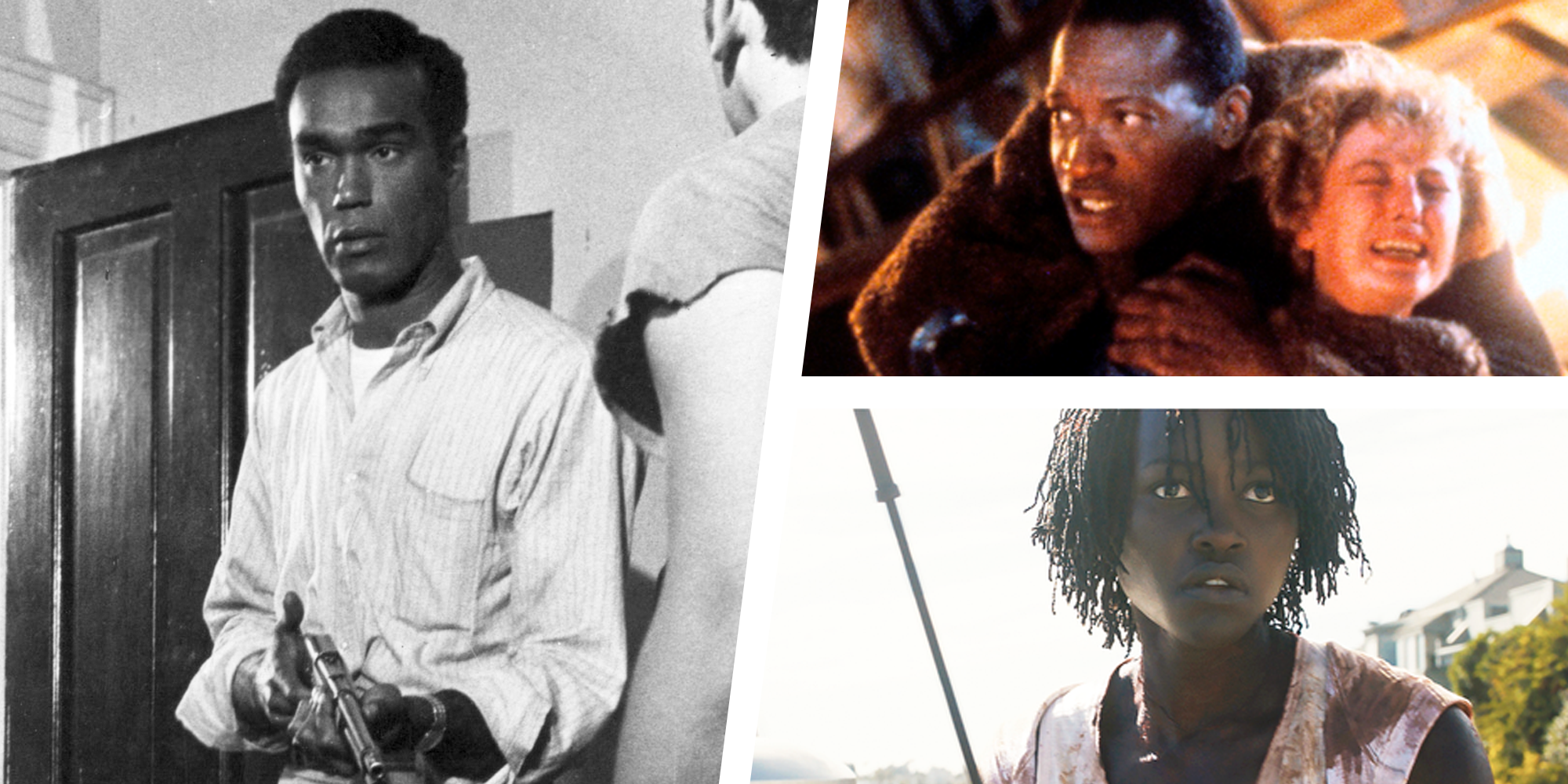

The film argues that the horror genre has a lot to offer black people: It provides the space to challenge deeply problematic images, and to explore the diversity that exists within the concept of blackness itself. The film encourages viewers to unpack the genre’s racialized imagery, as well as the narratives that make up the cultural commentary on race. Means Coleman’s 2011 book “Horror Noire: Blacks in American Horror Films from the 1890s to Present,” this is the first original documentary feature from Shudder.

Horror Noire is, thus, essential reading for anyone seeking to understand how fears and anxieties about race and race relations are made manifest, and often challenged, on the silver screen.Based on Dr. Offering a comprehensive chronological survey of the genre, this book addresses a full range of black horror films, including mainstream Hollywood fare, as well as art-house films, Blaxploitation films, direct-to-DVD films, and the emerging U.S./hip-hop culture-inspired Nigerian "Nollywood" Black horror films. Throughout the text, the reader is encouraged to unpack the genre's racialized imagery, as well as the narratives that make up popular culture's commentary on race. Horror Noire presents a unique social history of blacks in America through changing images in horror films. She argues that horror offers a representational space for black people to challenge the more negative, or racist, images seen in other media outlets, and to portray greater diversity within the concept of blackness itself. Means Coleman traces the history of notable characterizations of blackness in horror cinema, and examines key levels of black participation on screen and behind the camera. In Horror Noire: Blacks in American Horror Films from 1890's to Present, Robin R.


Horrifying goons and minstrel coons: 1940s.The birth of the black boogeyman: pre-1930s.Introduction : studying blacks and horror films.Bibliography Includes bibliographical references (p.


 0 kommentar(er)
0 kommentar(er)
